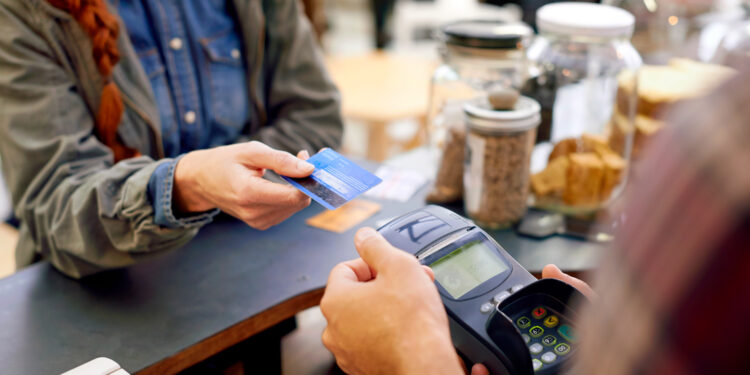In today’s digital age, financial information has become more vulnerable than ever before. With the advent of online banking and digital transactions, hackers are constantly looking for ways to access personal information and use it for malicious purposes. However, there are several ways in which you can protect your financial information and maintain your privacy. In this blog post, we will discuss 7 steps you can take right now to protect your financial information.
Use Strong Passwords
One of the easiest ways to protect your financial information is to use strong passwords. Avoid using obvious passwords such as your birthdate or your pet’s name. Instead, use a combination of upper and lowercase letters, numbers, and special characters. Additionally, use a unique password for each account and change them regularly.
It is also important to avoid using the same password for multiple accounts. If a hacker gains access to one of your accounts, they will be able to access all of your other accounts if you have used the same password.
Enable Two-Factor Authentication
Two-factor authentication adds an extra layer of security to your accounts. This means that in addition to your password, you will need to provide another form of identification such as a fingerprint or a code sent to your phone. By enabling two-factor authentication, you make it much more difficult for hackers to access your financial information.
Many financial institutions offer two-factor authentication as an option. Make sure to enable it wherever possible to add another layer of security to your accounts.
Monitor Your Accounts Regularly
Make it a habit to check your bank and credit card accounts regularly. By monitoring your accounts, you can quickly identify any suspicious activity and report it to your financial institution. Some banks even offer alerts that will notify you of any unusual activity on your account.
If you notice any unauthorized transactions or suspicious activity, report it immediately to your financial institution. The earlier you report it, the more likely you are to recover any lost funds.
Use a Secure Connection
When accessing your financial information online, make sure you are using a secure connection. Look for the padlock icon in your browser’s address bar and make sure the website’s URL starts with “https” rather than “http.” Avoid accessing your accounts on public Wi-Fi networks, as these are often not secure.
If you are accessing your accounts from a public computer, make sure to log out completely and clear your browsing history before leaving ca.prillionaires.com. This will help to protect your personal information from being accessed by others.
Be Cautious of Phishing Scams
Phishing scams are attempts to trick you into giving away your personal information. These scams often come in the form of emails or texts that appear to be from a legitimate source, such as your bank. Always be cautious of emails or messages that ask for your personal information, and never click on links or download attachments from unknown sources.
If you receive an email or message that appears to be from your financial institution, do not click on any links or download any attachments. Instead, go directly to the institution’s website and log in to your account to check for any messages or notifications.
Keep Your Software Up to Date
Make sure you are running the latest version of your operating system and antivirus software. Software updates often include security patches that address known vulnerabilities. By keeping your software up to date, you make it much more difficult for hackers to access your financial information.
Shred Sensitive Documents
To protect your financial information offline, make sure to shred any sensitive documents before throwing them away. This includes bank statements, credit card offers, and any other documents that contain personal information.
By following these 7 steps, you can take proactive measures to protect your financial information. Remember to be vigilant and cautious when it comes to your personal information, and never hesitate to report any suspicious activity to your financial institution. Stay safe and secure!










